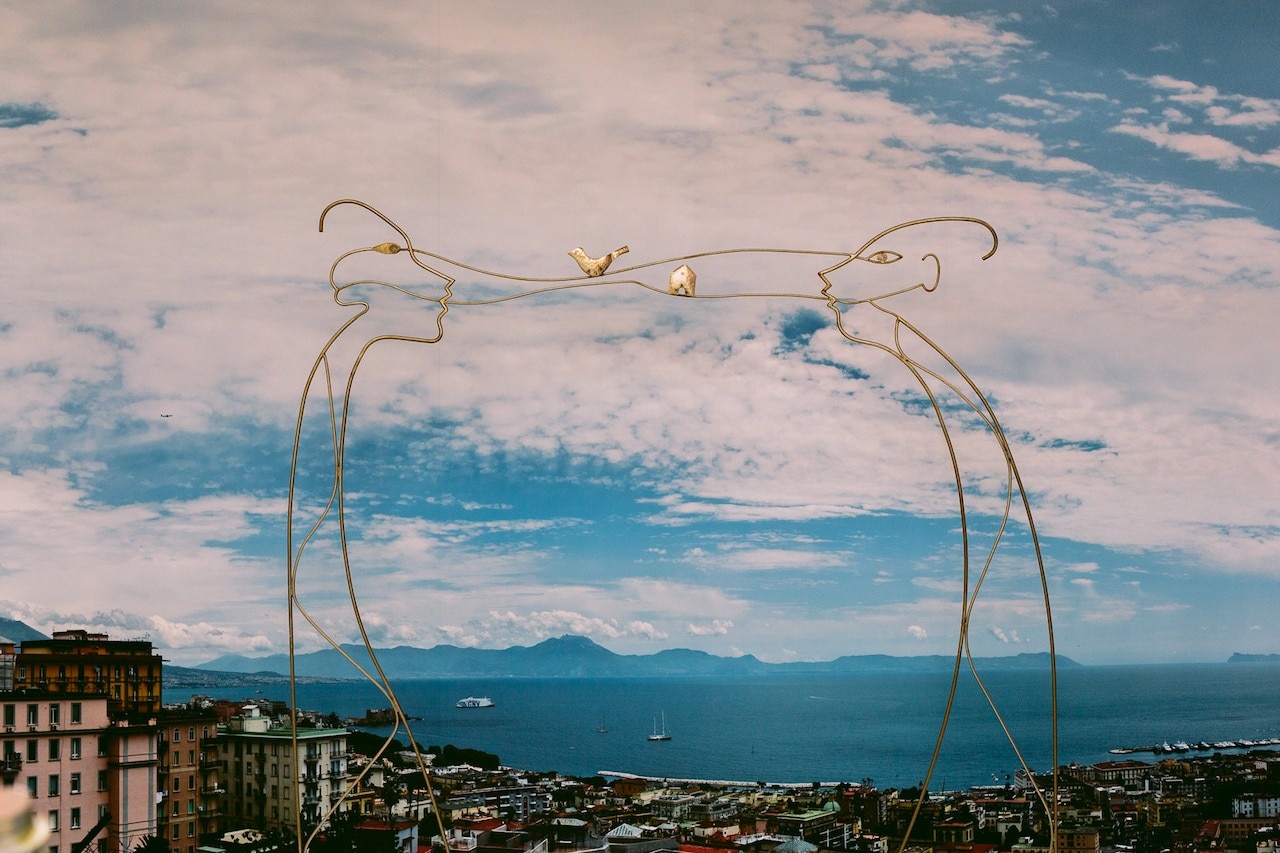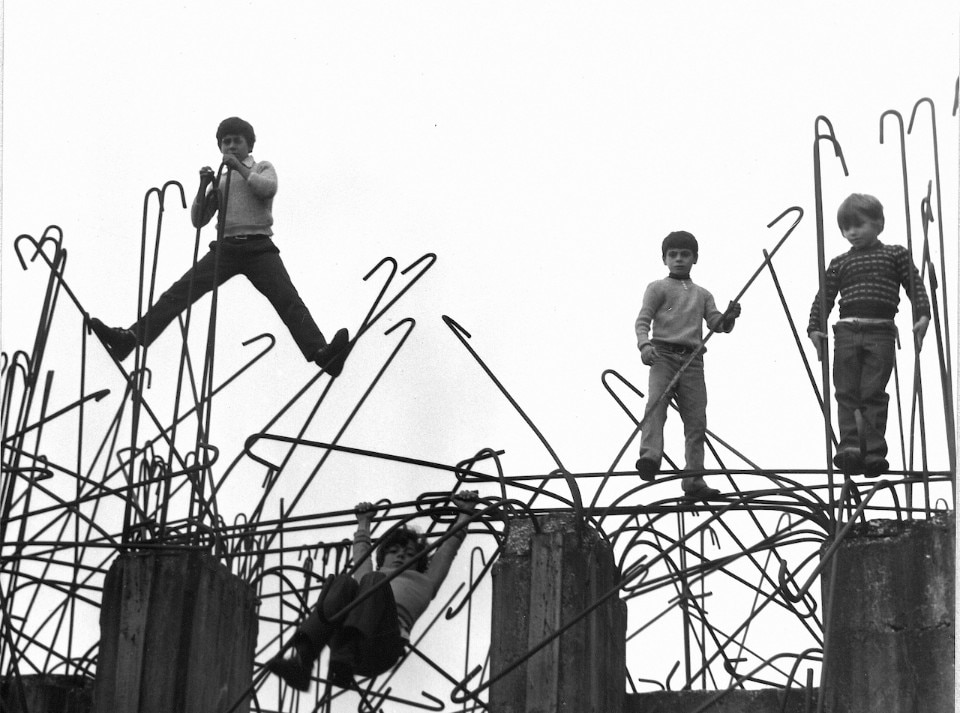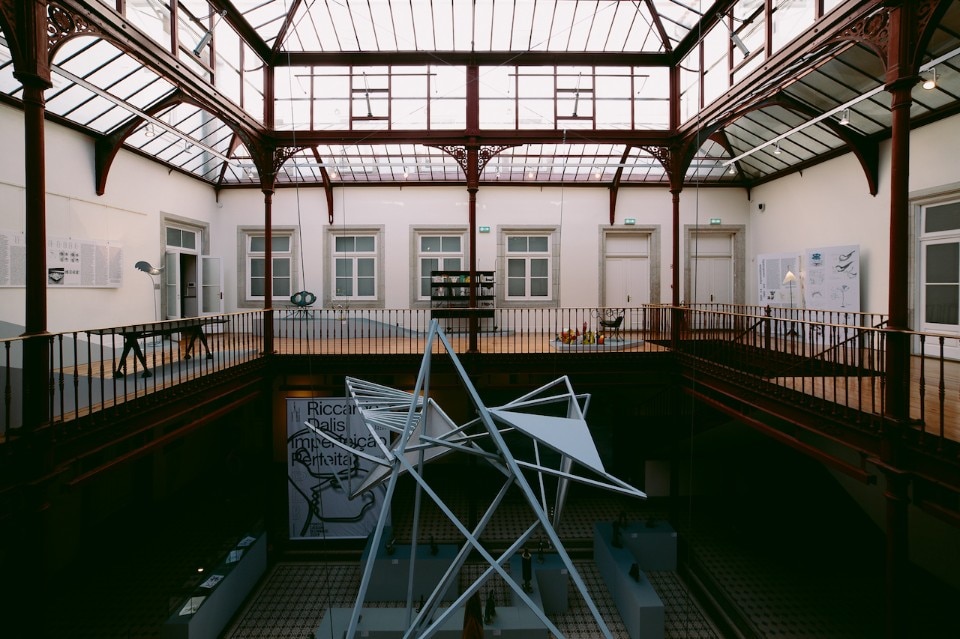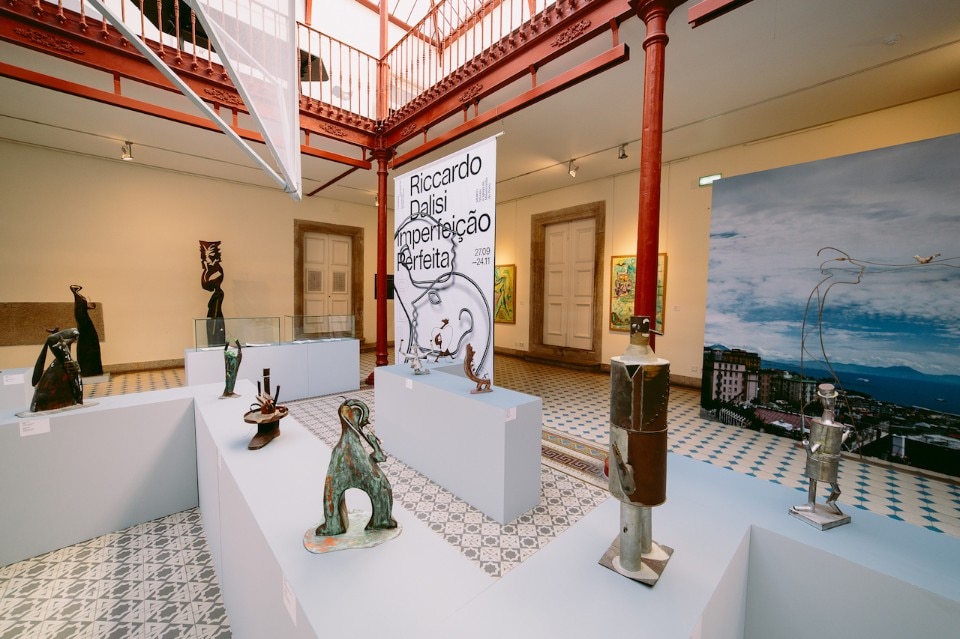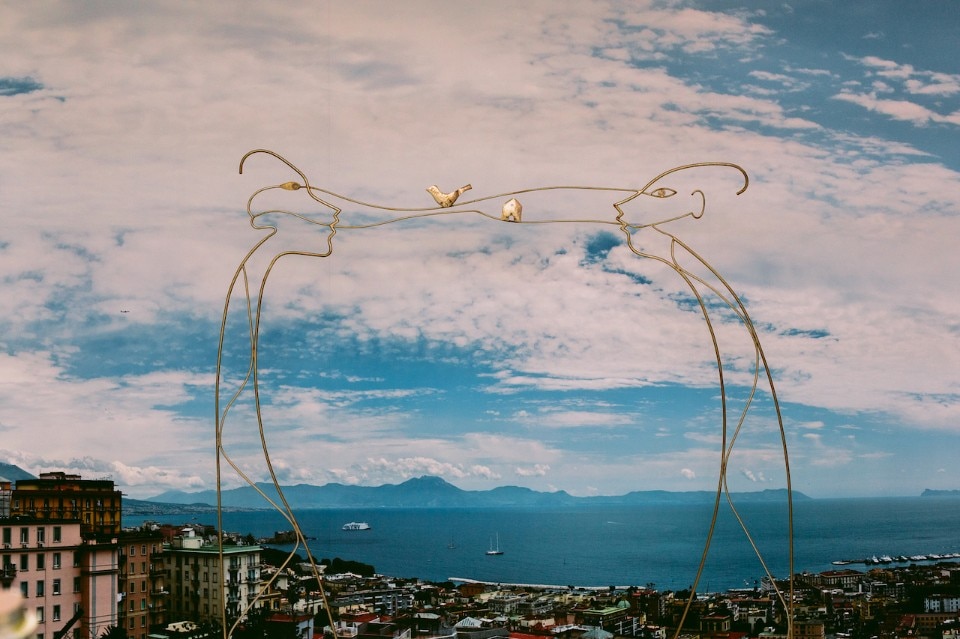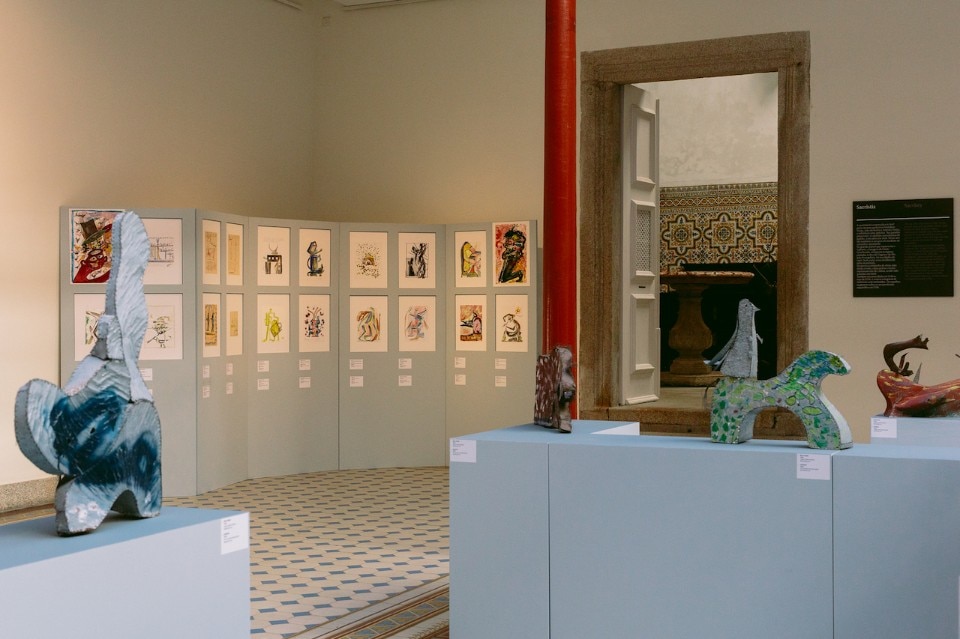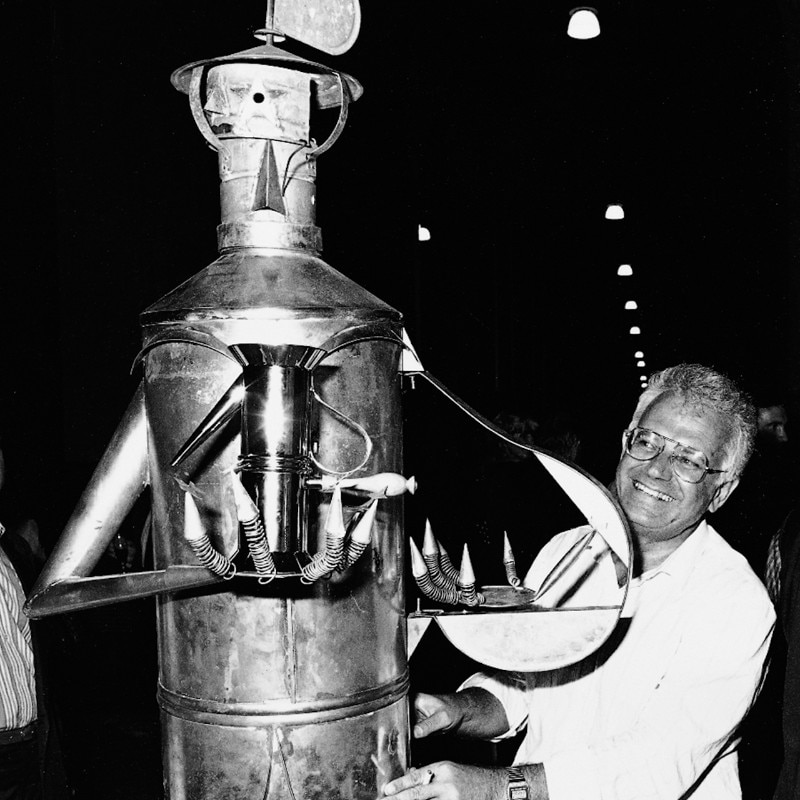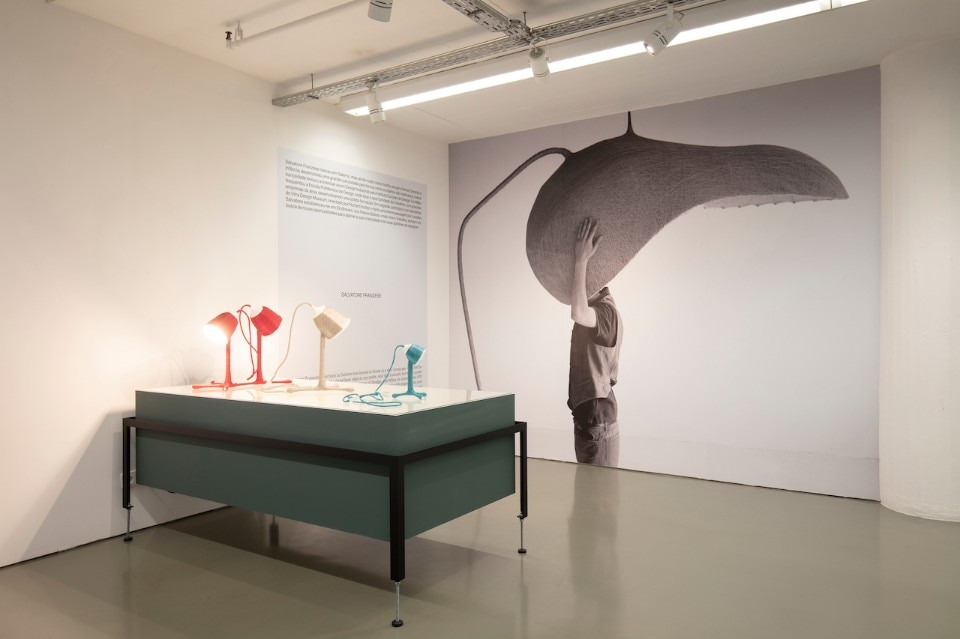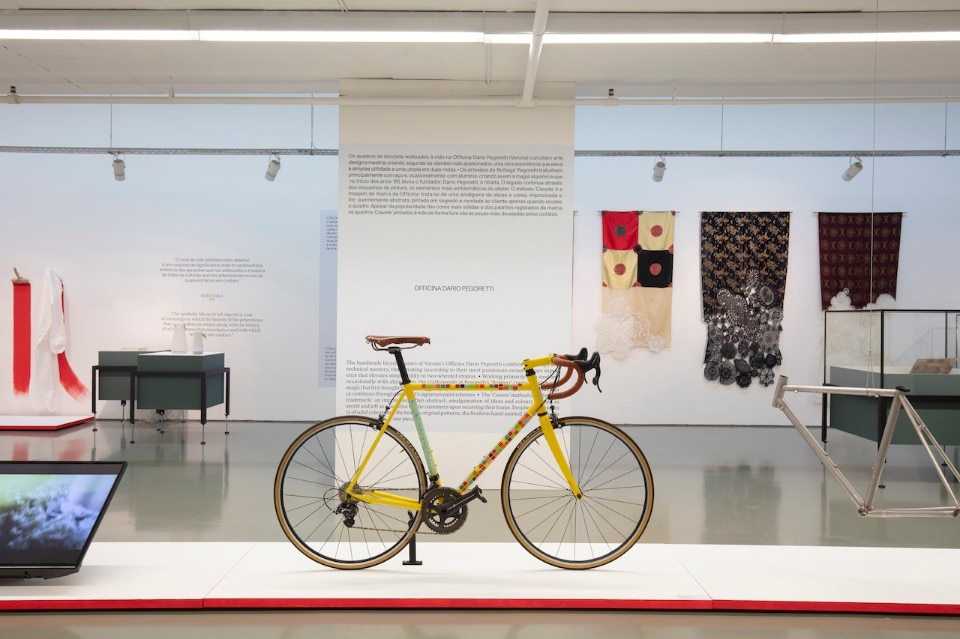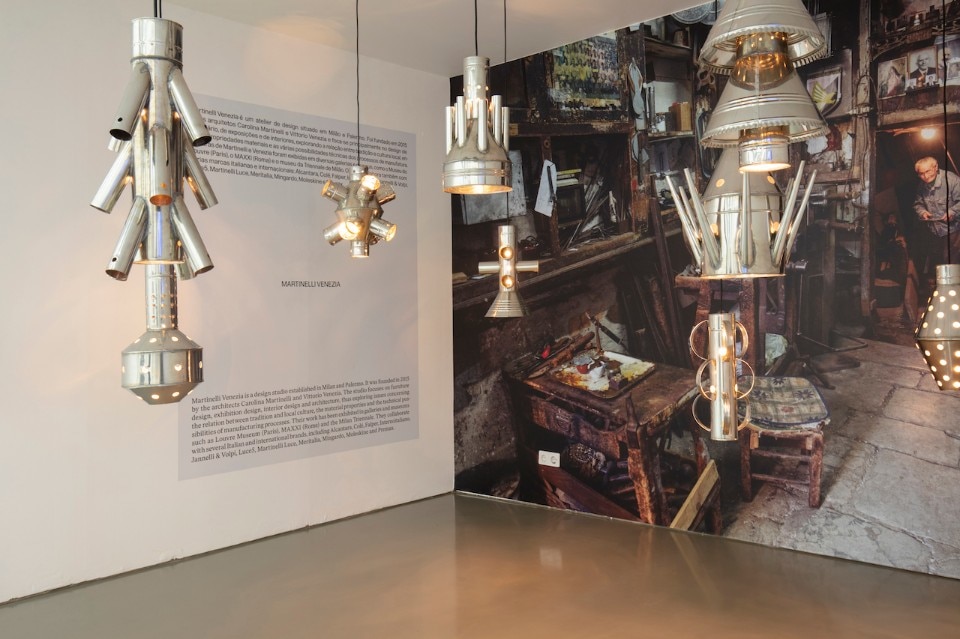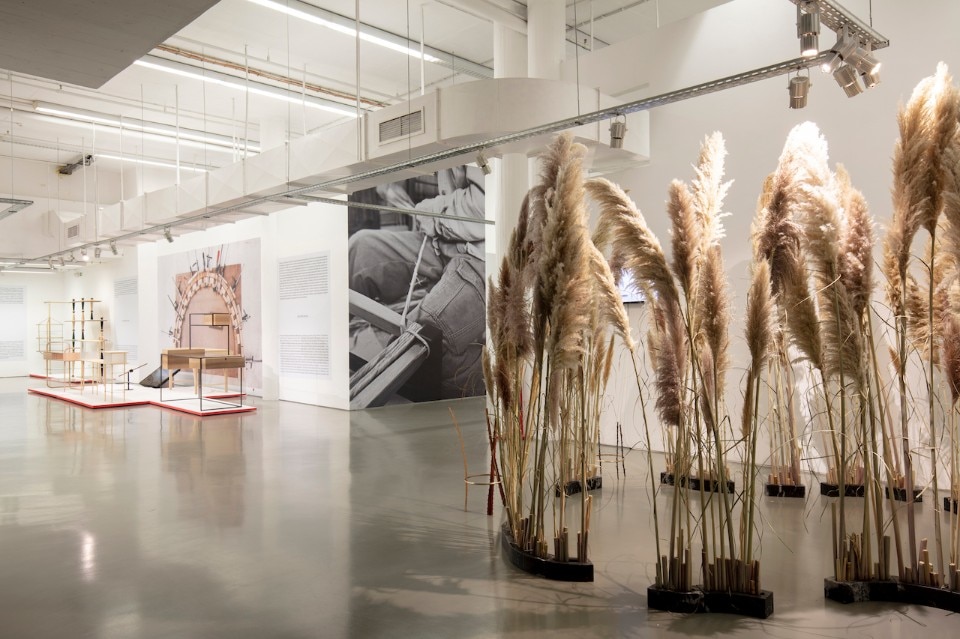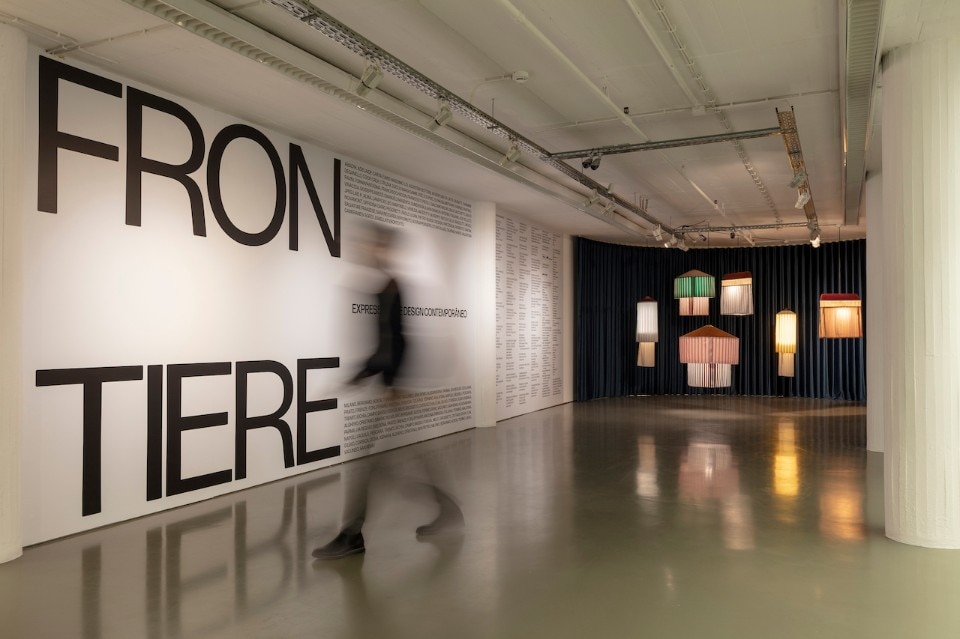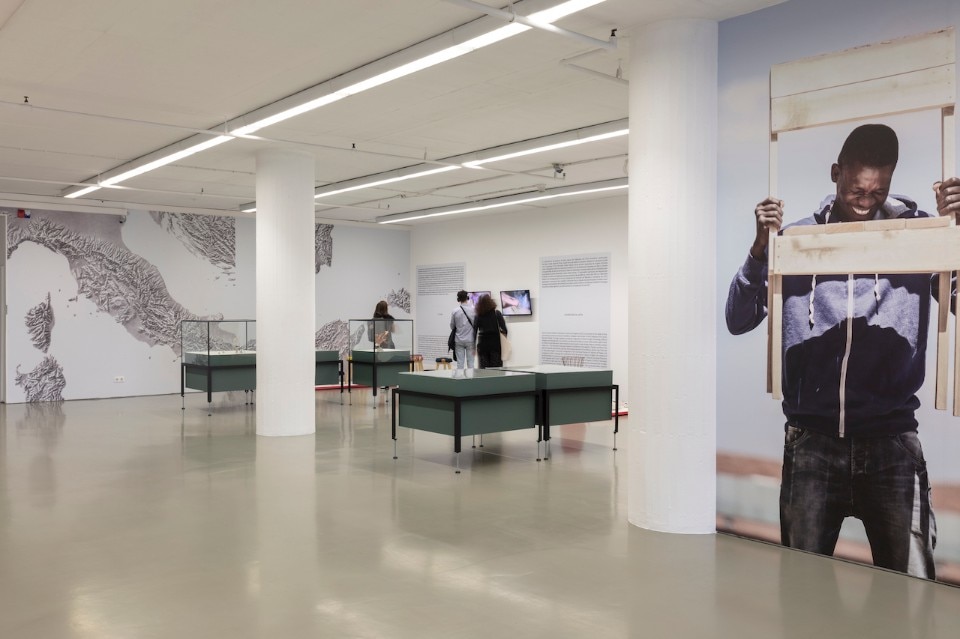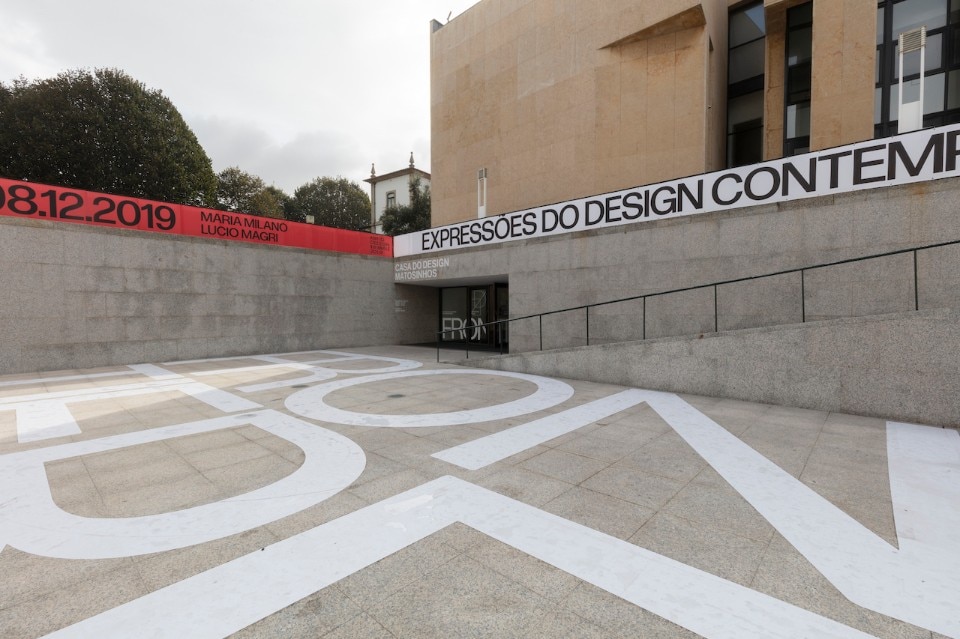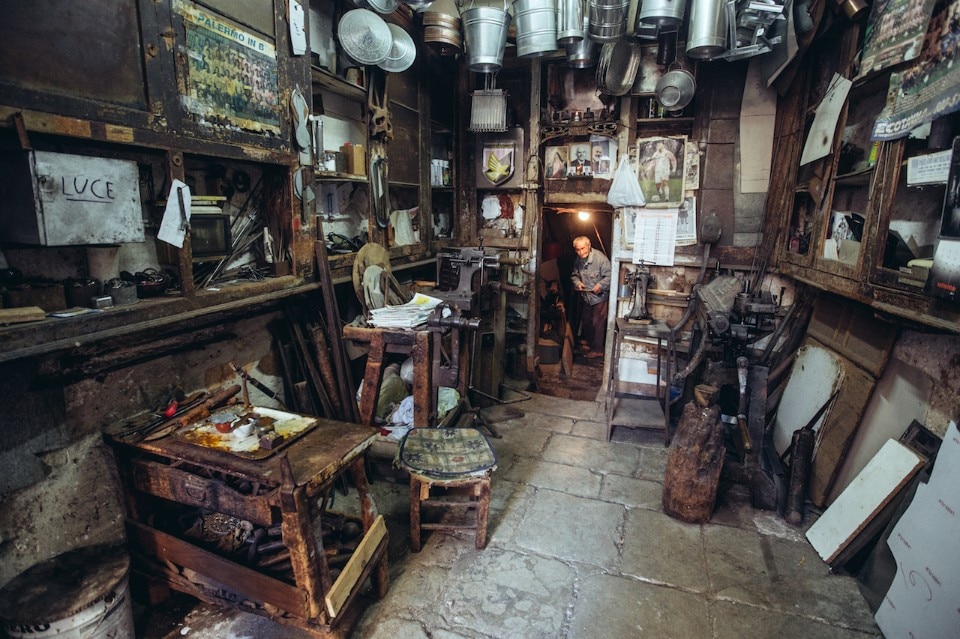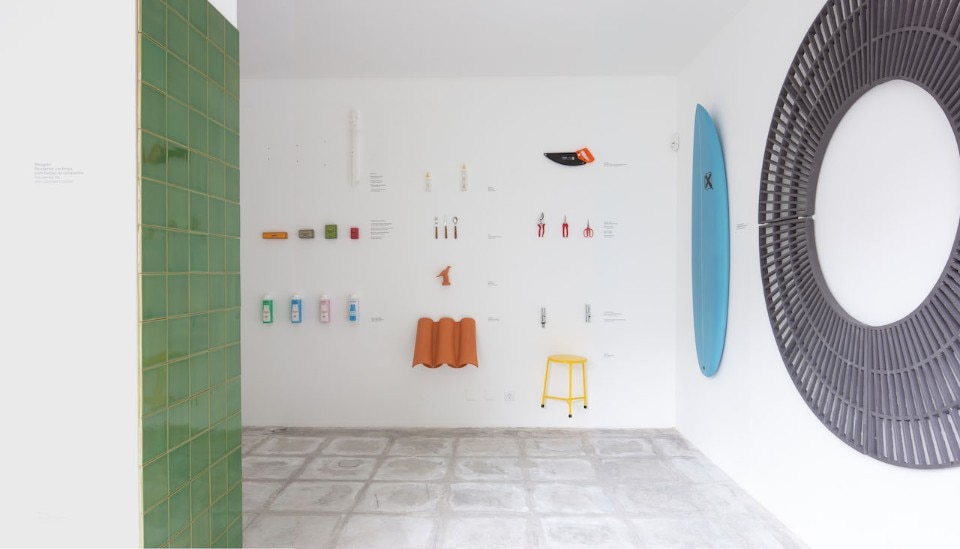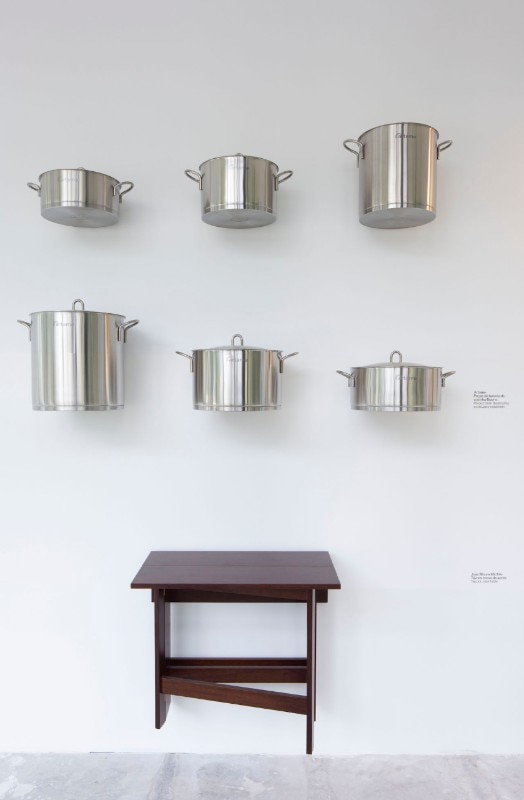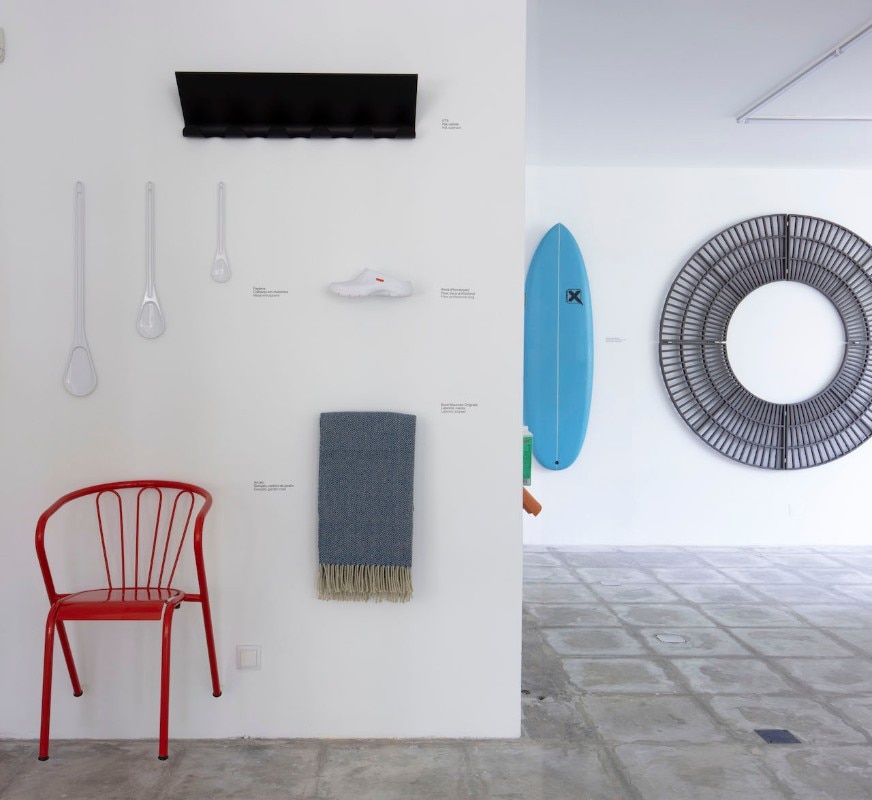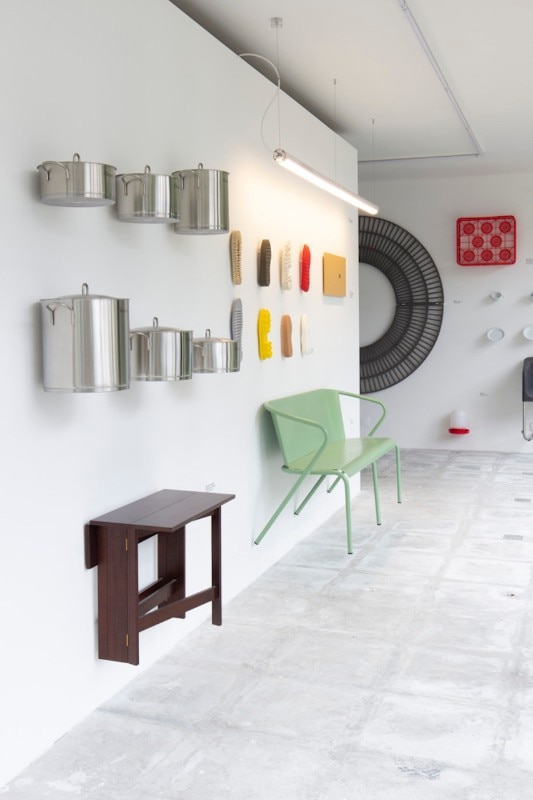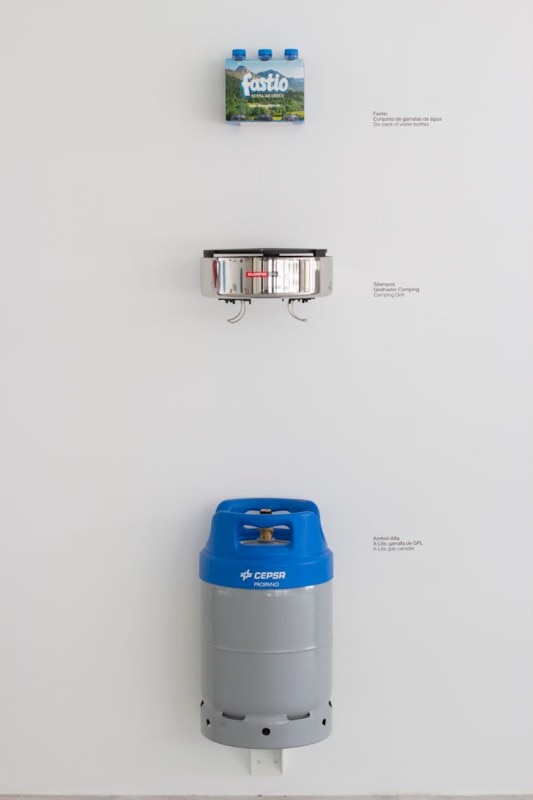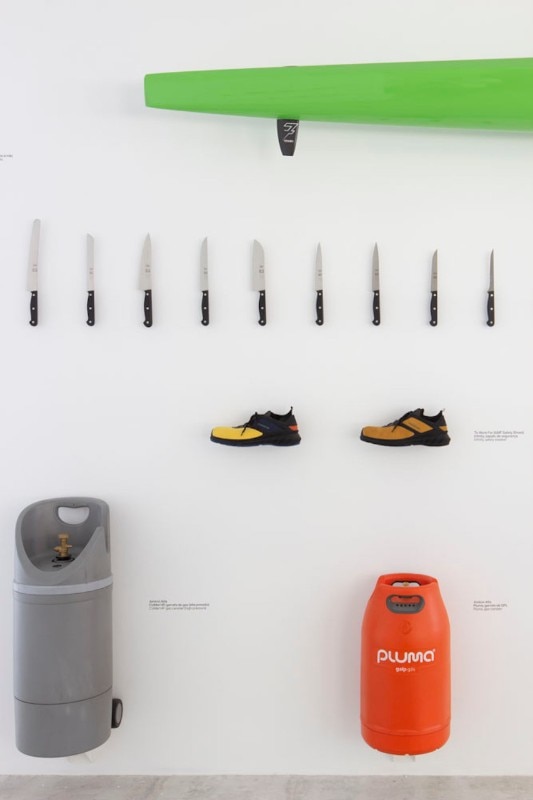After Lisbon, Porto. After twenty years of shows and exhibitions curated by Guta Moura Guedes, the experience of Experimenta Design as we know it has come to an end. Thanks to the favourable economic conditions of the last five years, and the commitment to design promoted by the Mayor Rui Moreira, the baton was recently passed to Porto – together with Matosinhos. The aim of the first edition of the Design Bienniale, organized by ESAD (Escola Superior de Artes e Design) is to tackle the issues that our society is now facing. And the title of the programme, Post Millennium Tension, says it all.
Most of the designers that participate in the Biennale were born in the ‘80s and ‘90s, an era of transformations and conflicts. As a consequence, these creative people have come up with new roles, contexts, and methods. José Bartolo, the chief curator of the Biennale, told their story in the "Millennials" exhibition, which mainly focuses on graphics, fashion, social research, and sustainability. Transdisciplinarity and openness are the keywords of this exhibition, and the mission is to show all the new ways of understanding design. And the Universal Kimono exhibition by Studio ARK from Amsterdam is a great example of this approach.
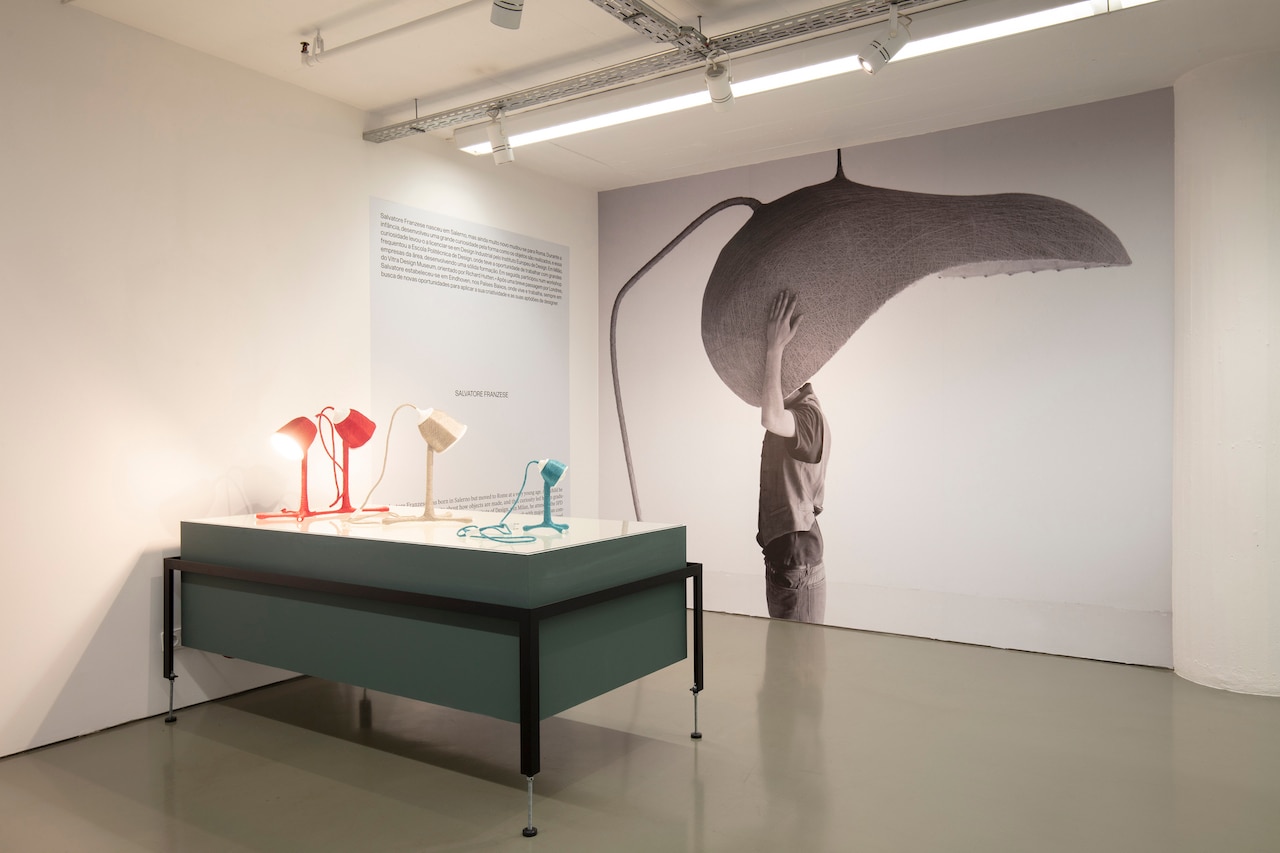
As opposed to architecture, design - apart from graphic design - hasn't really ever been the trademark of Portugal. Now, however, this country is paying close attention to contemporary design and its potential to offer some effective solutions in a period of major social and technological changes, and this could have a great cultural and economic impact. The curators of the first Biennale know this well and have thus decided to send an even stronger message by focusing on the design culture and tradition of the guest country (Italy), through the works of Maria Milano, an Italian curator who has been living and teaching in Portugal for the past 25 years.
“Territorio Italia” is composed of three exhibitions and many collateral events in order to connect design, culture, and territory. "Italian design has always been a way of expressing the socio-cultural changes of the country. It has introduced many theoretical and technological innovations and design practices, despite all the economic and social challenges that Italy had to face over the years," explains Maria Milano. "Italy still manages to bring about change thanks to ideas that come from below, from the solid human structure that is the substrate of every project and every resource of this country.”

In other words, Italy is an example to study and to follow. The icons of Italian design can be found in the "Abitare Italia" exhibition, curated by Paolo Deganello, while "Riccardo Dalisi - Perfetta imperfezione" (curated by Ira Palmieri and Andrea Nuovo) is a tribute to the man who managed to connect art, design and local area like only few others did. A wide range of objects, drawings, and sculptures livens up the evocative Museu da Misericordia in Porto, which is connected to the Church where the exhibition continues with sacred statues set up according to the instructions of Dalisi himself - who's been working in Naples since the 1970s. Then, there's the contemporary "Frontiere" exhibition, curated by Maria Milani and Lucio Magri - another fellow Italian expat in Porto. Inside the Casa do Design in Matosinhos, you'll find the pictures of photojournalist Francesco Pistilli, telling the story of the migrations from Riace.
There, other objects displayed offer some food for thought on other borders that are still hard to cross: the one between design and industry, or the one between design and craftsmanship. These 320 objects, designed by companies, famous designers and galleries over the last 20 years, are "capable of bringing about change, of triggering reactions", as the curators of the exhibition say. All the participants are very well known in Italy and, for the most part, also abroad. However, they're never obvious, and all the objects have been carefully selected in order to represent all the different approaches to design: Servomuto, Vittorio Venezia, Elena Salmistraro, Giacomo Moor, Formafantasma, Giulio Vinaccia, Francesco Faccin, InternoItaliano, Mogu, Officina Dario Pegoretti and Talking Heads, are only a few of the names that you’ll hear during this exhibition, which represents an excellent source of inspiration for the Portuguese design scene, mostly represented by the ESAD College of Arts and Design.

But what is the Portuguese design and production scene, actually? A small exhibition called "Portugal industrial" gives us the answer. This eloquent title was chosen in order to narrate the major research about the industrial design sector of Portugal carried out by Michel Charlot, a Swiss designer who moved to Porto two years ago, and Megan Dinius, an Anglo-Dutch designer and curator. No programmatic discussions nor pompous theories: only the desire to show the variety and quality of the production capability of the north of the country - a list of qualities that make Portugal a worthy competitor to the companies of the Land of the Rising Sun, since they both share a great passion for functional minimalism.
Hanging on the white walls of the Artes gallery you'll find many anonymous objects of industrial production: knives, bars of soap, banners, notebooks, shoe soles, canoes, and braziers. The real stars of this Biennale are the manufacturing companies, rather than the designers – even though one of the highlights of the exhibition is Álvaro Siza, who designed a cast iron tree grate and an emergency exit sign. As we said, it's the companies that really count: for example Normax, a company specialising in laboratory test tubes made with absolute precision by its highly skilled workers; or ICEL, producing 3.2 million knives a year with just 200 employees. But also Costa Verde, whose mission is to become one of the largest European manufacturers of porcelain for the accommodation sector; or Nelo, leading company in top performance kayaks and official supplier of the Olympics since 2004.
- Event:
- Porto Design Biennale
- Location:
- Porto and Matosinhos, various venues
- Opening dates:
- 19 September-8 December 2019


